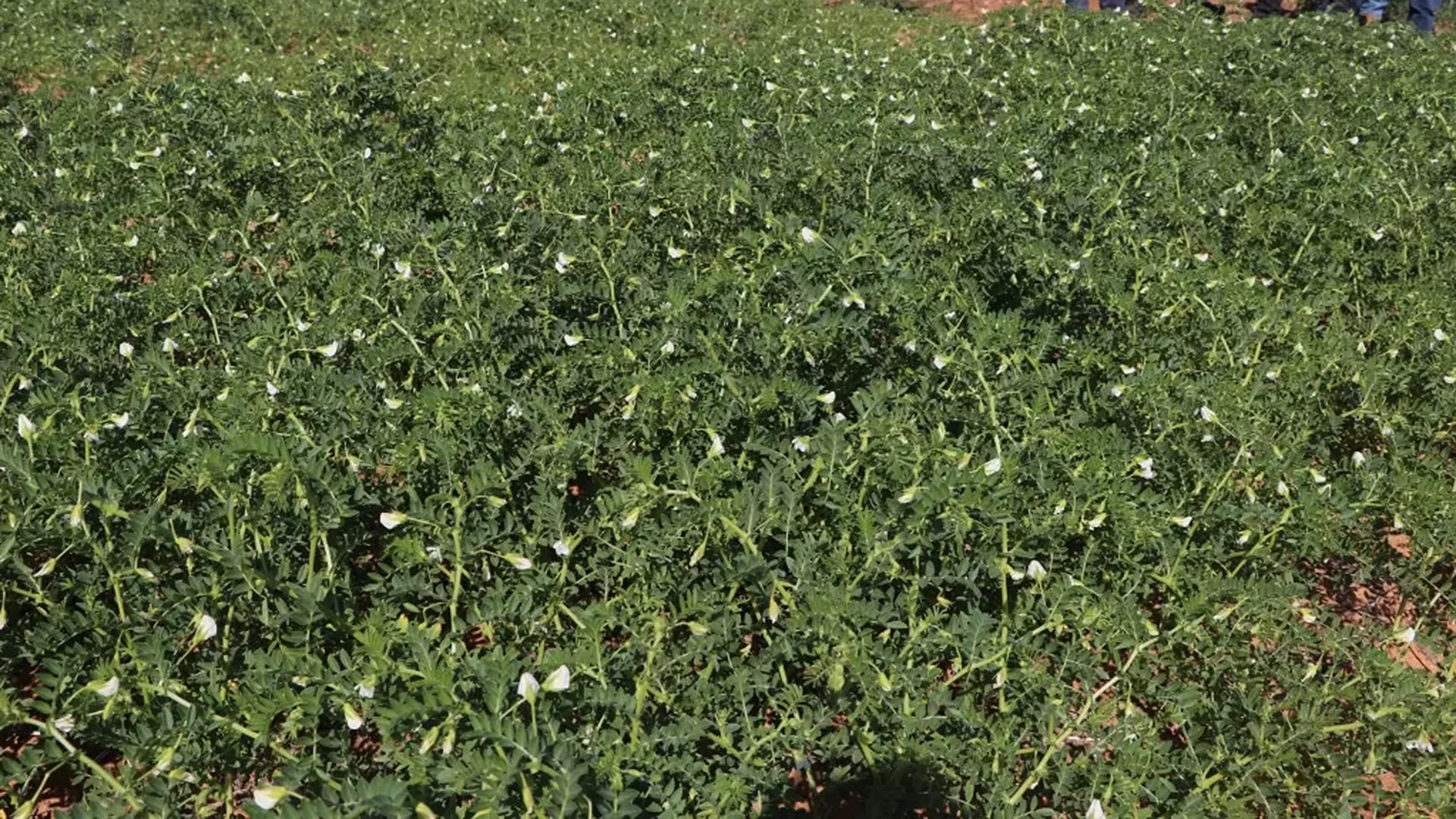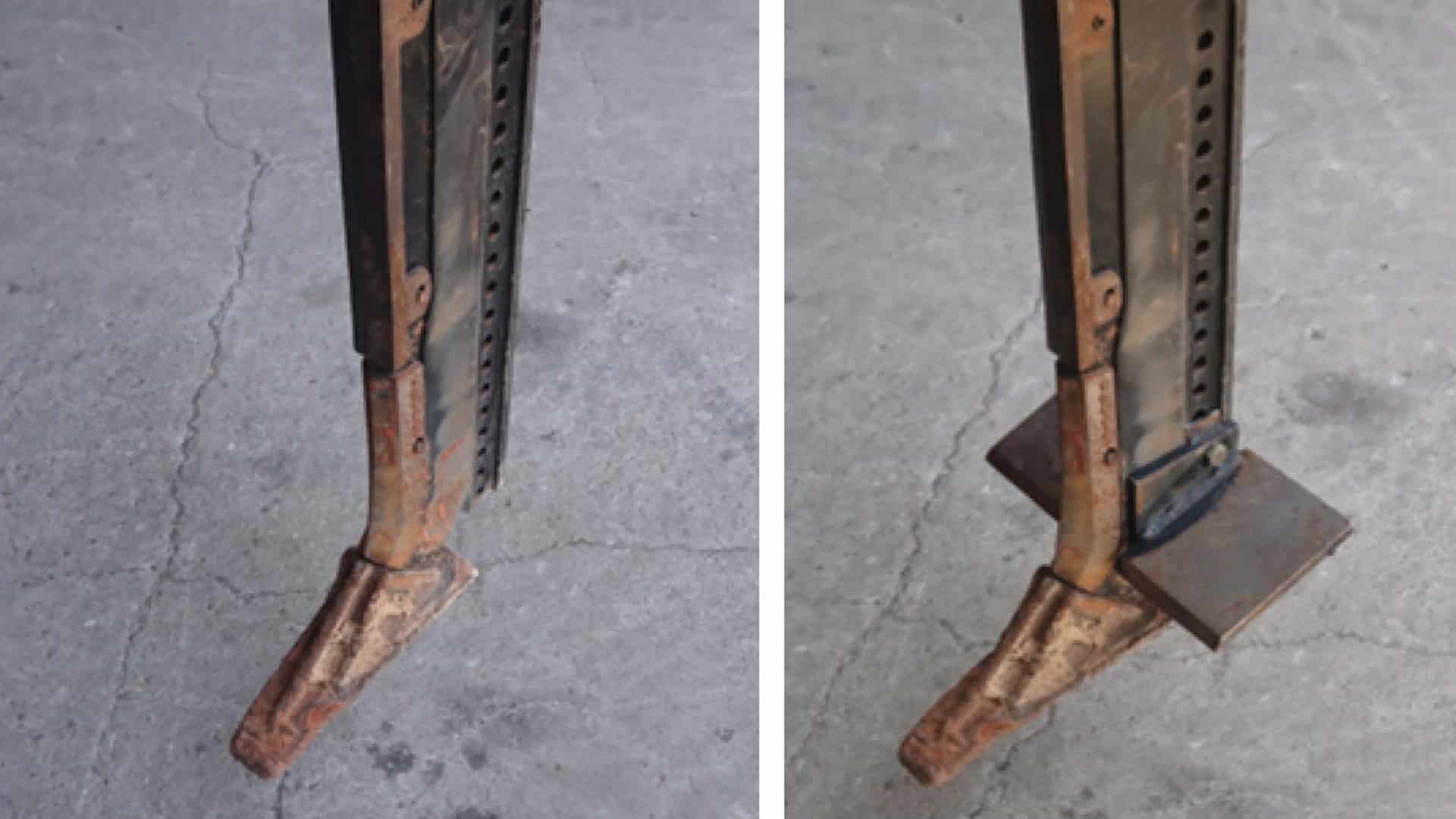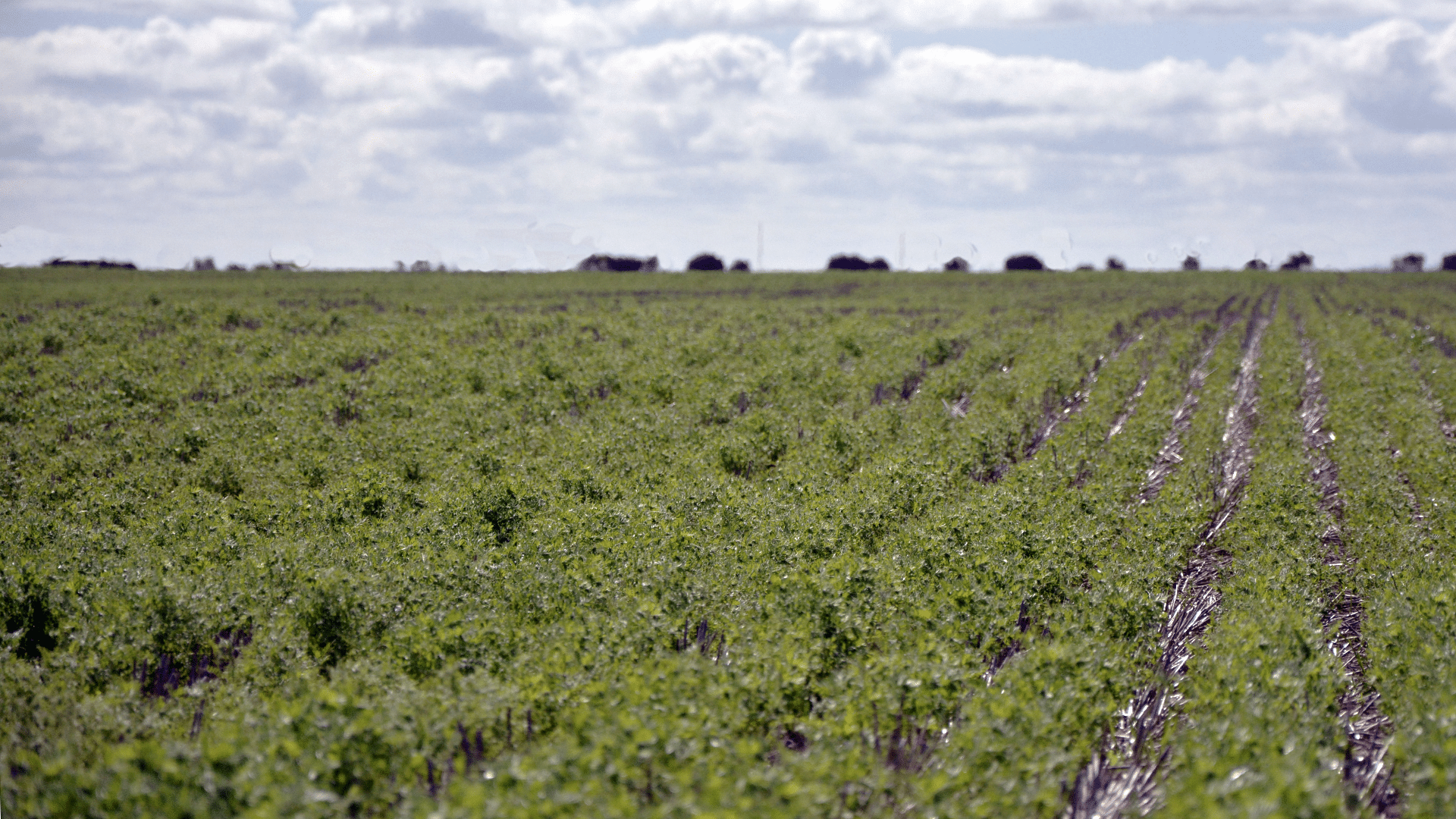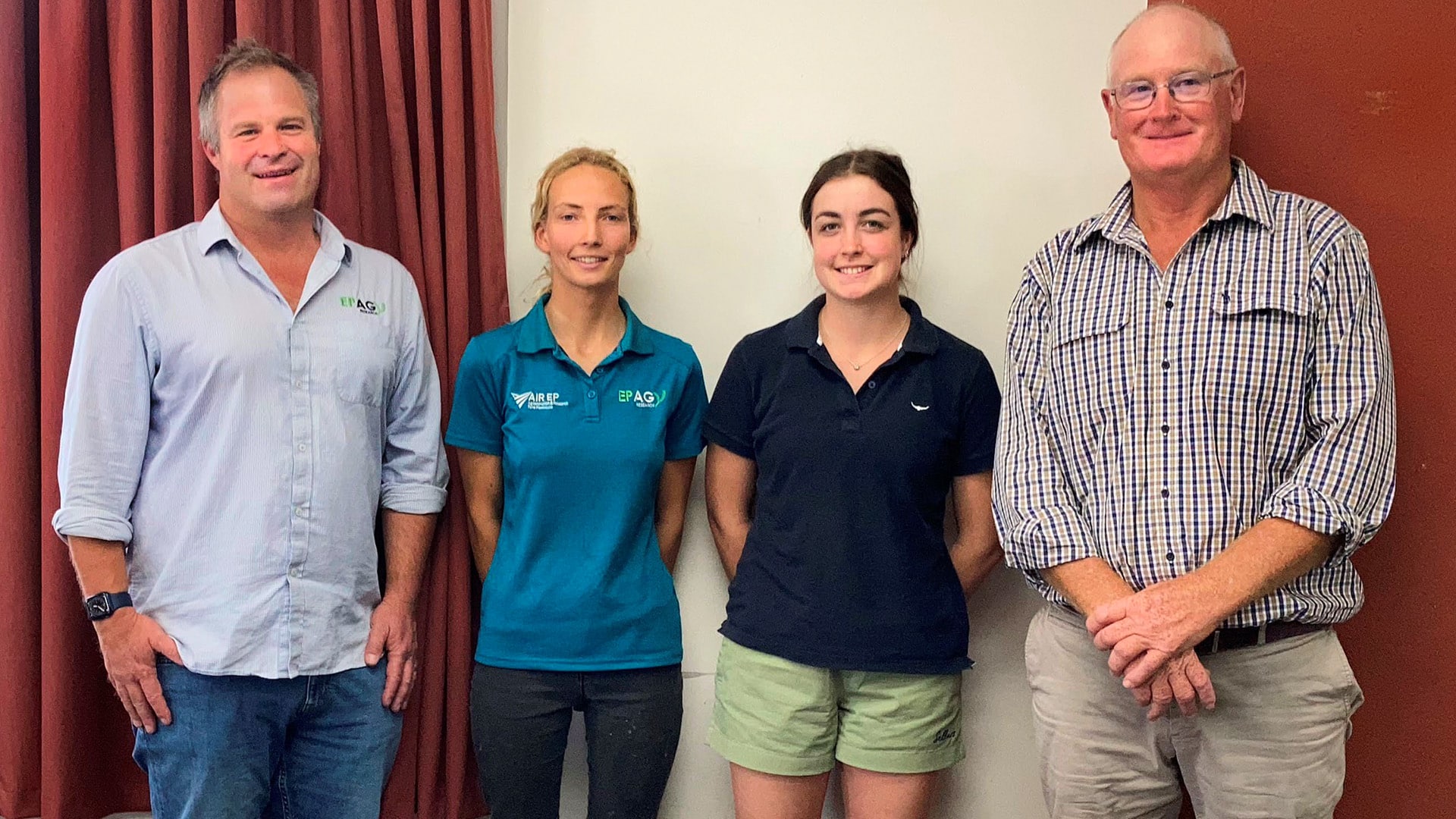START
FINISH

Summary
This project aimed to provide growers with insights for boosting lentil and chickpea production on Mallee deep sands.
Using glasshouse trials, the researchers found complex fertiliser programs deliver limited yield benefit, but soil mapping and targeted nutrient applications should be used to maintain starter fertiliser levels. Furrow-applied zinc, manganese and copper chelates were found to have a negative effect and these should be added below, rather than with, pulse crop seed.
With deep sands making up 36 per cent of agricultural soils in SA, the findings could benefit growers across the state.
Background
Pulses are an important, valuable and beneficial break crop for South Australian grain growers. However, major pulse crops like lentil and chickpea generally perform poorly on deep sandy soils, which has constrained their adoption and expansion in the Mallee.
With deep sands making up 36 per cent of agricultural soils in SA, identifying optimal nutrient requirements and application regimes for pulses on sandy soils could help increase the viability and productivity of pulse rotations in many regions.
Research Aims
The core objectives of the project were to:
- Determine what nutrients limit growth of lentils and chickpeas on deep sands.
- Provide an analysis of potential nutrient limitations so growers can improve pulse production through nutrition.
In The Field
The research began with collection of samples representing typical Mallee sandy soils where legume production is generally considered to be constrained. Samples were collected from sandy soils near Loxton, Lameroo, Karoonda and Alawoona. Each soil was tested to identify nutrient characteristics which might limit pulse crop growth.
Nutrient omission trials were then undertaken by applying nitrogen, phosphorus, potassium, sulphur, zinc, manganese, copper and molybdenum at optimal rates to a control treatment, with one of these nutrients omitted from each subsequent treatment. Without chemical buffering, these applications caused salt issues that negatively impacted emergence, biomass and yield in chickpeas and lentils.
The research plan was therefore changed and a nutrient addition design was used instead. This followed application of 40kg/ha monoammonium phosphate (MAP) near the pulse seed plus the target nutrient. Applications of MAP alone and 2 x MAP (80kg/ha) were also included with wheat as a control. This design was repeated across all four soil types.
Results
Results from the nutrient addition trials showed that targeted nutrient addition can significantly increase vegetative growth, but not by more than 25 per cent. The main positive treatment was N only, applied as urea. Significant biomass increases were observed for lentils and chickpeas grown in Lameroo and Loxton soils, which had relatively low starting N. However, Karoonda soil had reasonable starting N but still delivered a positive N response, while Alawoona soil had low N levels but didn’t deliver a clear N response.
Sulphur responses were also positive in Lameroo and Loxton soils, which had low starting S. Karoonda soil gave a positive S response from moderate starting S, while Alawoona soil gave no S response despite low starting S.
The trials also showed that lentils and chickpeas are very sensitive to micronutrients applied near seed in chelate form. Copper, manganese and zinc chelates all caused significant yield reductions in many of the crop x soil combinations.
The negative effects of the nutrient omission trials were traced to changes in soil EC, resulting from chemical fertiliser being added to sands with poor buffering ability. The data also established the critical EC for lentils is about 0.85ds/m and just 0.6ds/m for chickpeas, compared with 6.0ds/m for wheat.
Applying MAP close to pulse seed at 40kg/ha and 80kg/ha generally delivered no significant yield benefit compared to the nil treatment. Both pulse and chickpea showed a positive growth response to MAP in Loxton soil. The wheat control responded to MAP in Lameroo soil but the pulse crops did not.
Project Participants
Mallee Sustainable Farming: Tanja Morgan
Frontier Farming Systems: Michael Moodie
Agronomy Solutions: Dr Sean Mason
The Problem
The greatest constraint limiting adoption and expansion of pulses in the Mallee is the deep sandy soil that can be found in almost every paddock.
The research
The project aimed to arm growers with information to improve pulse production on sands by determining what nutrients limit growth of lentils and chickpeas on deep sands.
More information
Michael Moodie, Frontier Farming Systems
T. 0448 612 892
Value for Growers
This project has identified important insights into nutrient management for lentil and chickpea production on deep sandy soils in the SA Mallee. The results will help growers manage costs and maximise benefits when fertilising pulse crops on these soils.
The project also delivered new data for the relationship between soil EC values and pulse crop yield, indicating that these crops are very sensitive to salts caused by unbuffered chemical fertilisers.



